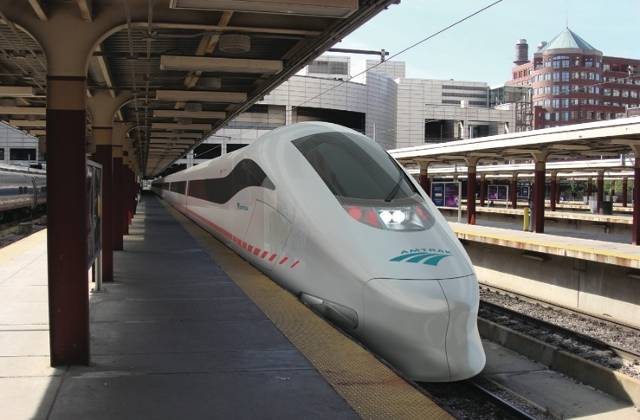It is indeed a nice looking coach - hopefully it lives up to it's Railjet origins and has the very nice interior to match. I have to notice the very large windows - those will be nice to have if I ever get the chance to ride aboard one.
The (apparent) lack of traps seems odd to me for a North American coach - has Siemens considered the possibility of the Viaggo Comfort being purchased by other US passenger outfits, such as Amtrak? If it's purchased by anyone else, there's a good chance it may need to use low platforms in places at some point, since low platforms are the norm in the US outside of the Northeast and, soon, the AAF corridor. The door does seem oddly long - perhaps part of it is the traps.









